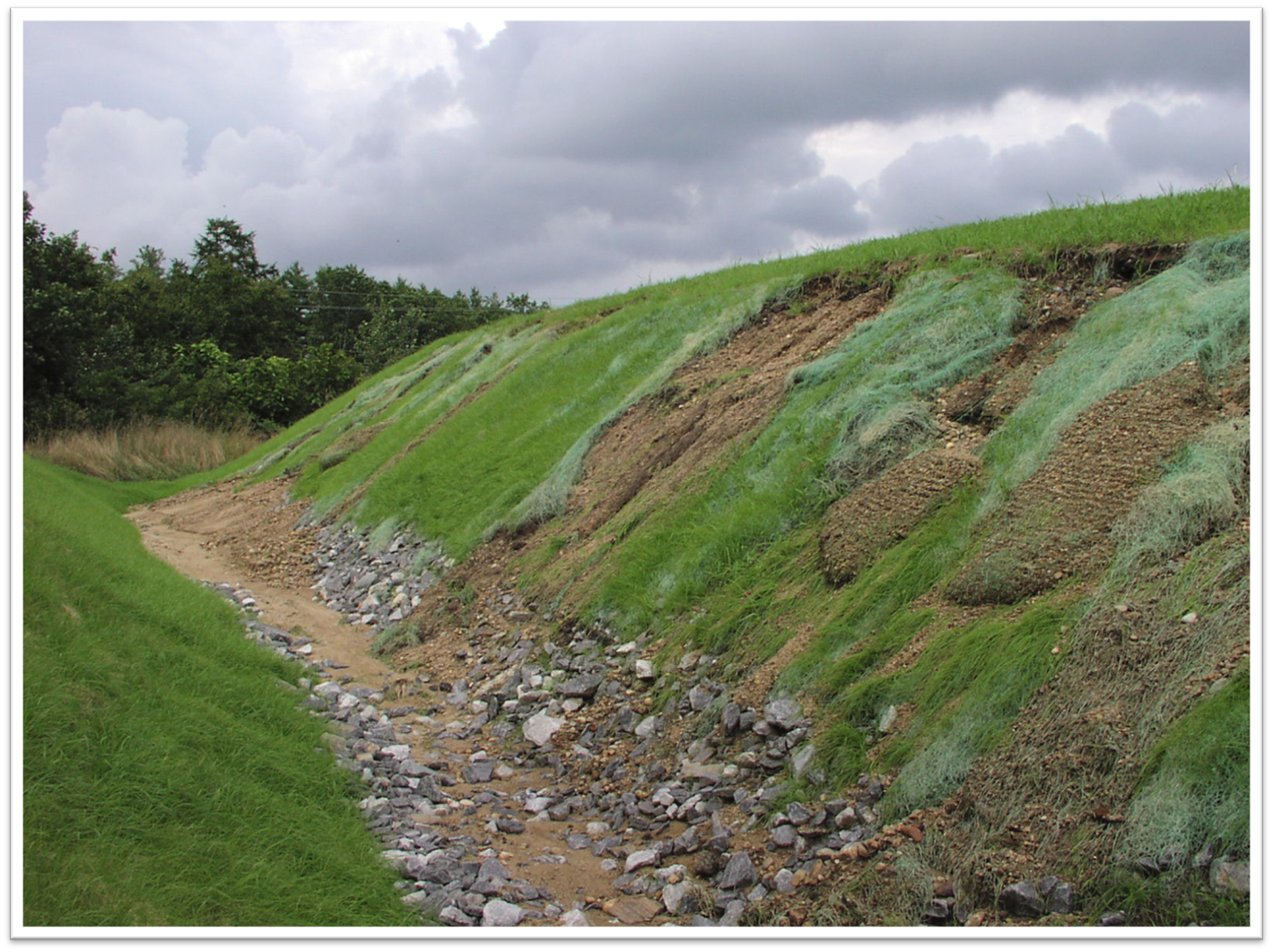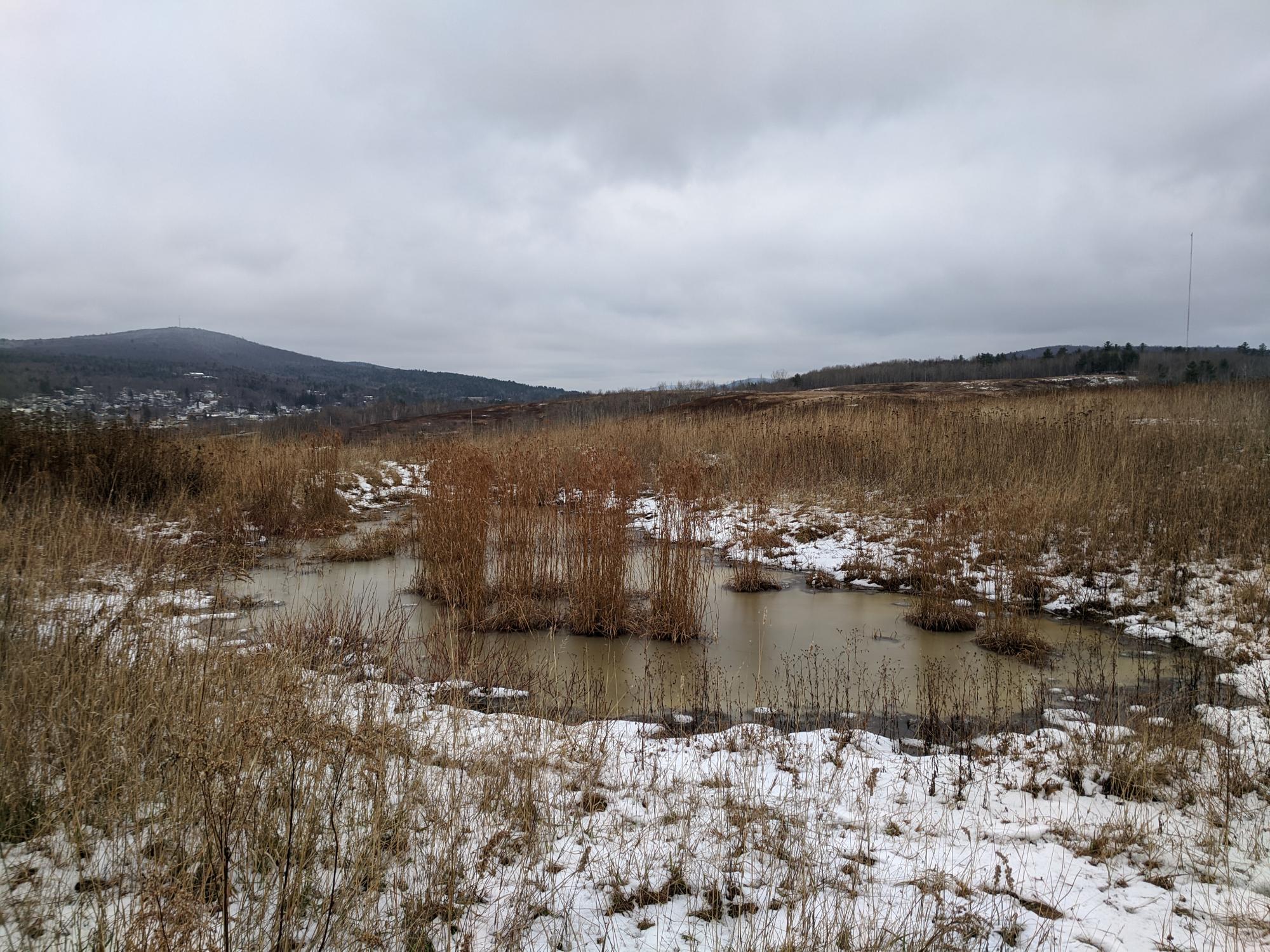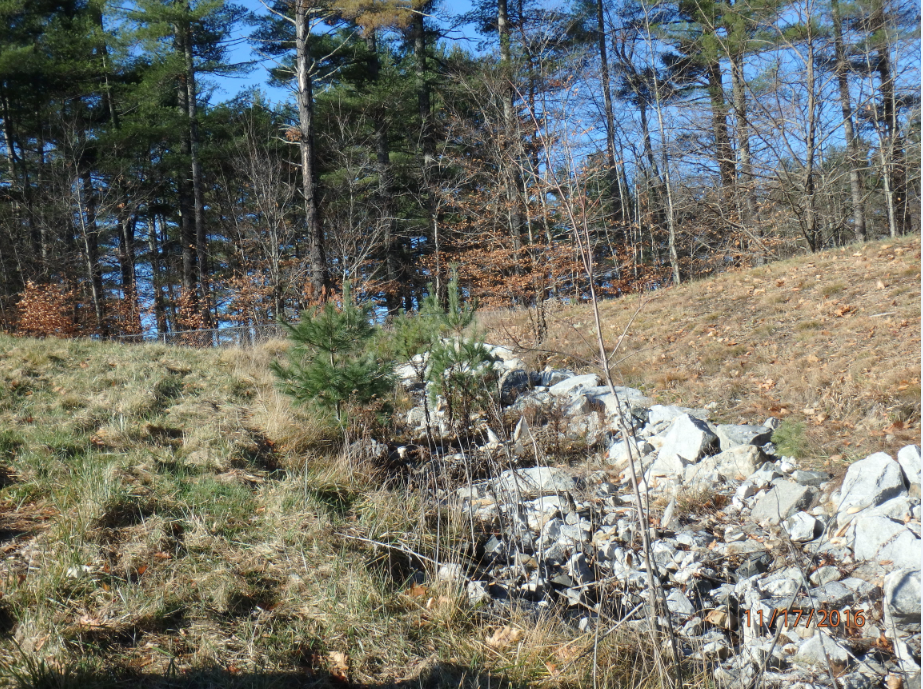The information contained in this article is not intended as legal advice and may no longer be accurate due to changes in the law. Consult NHMA's legal services or your municipal attorney.
Closed landfills are a long-term liability for municipalities because they can create environmental and other problems that negatively impact residents and others. Landfill owners, including municipalities, are responsible for the costs to cleanup environmental contamination. Therefore, it is important that municipal officials are aware of the location and condition of all closed landfills in their community. Many New Hampshire towns have more than one closed landfill – one that residents remember using (often near the location of the current transfer station) and one or more used before that one opened.
The Northeast Waste Management Officials’ Association (NEWMOA)[1] worked with the New Hampshire Department of Environmental Services (NHDES) on a project to improve stewardship of closed landfills. The project mainly focused on old unregulated landfills. Additional requirements for landfills in New Hampshire that ceased operations after July 9, 1981 are outlined later in this article.
The Project developed three helpful resources:
- Best Management Practices (BMP) Guide –Outlines common issues at closed landfills and recommended activities to address them: https://www.newmoa.org/nh_closed_landfill_bmps/
- Municipal Checklist – Helps towns ensure that all monitoring, tracking, and inspection activities are completed on an annual basis: https://www.newmoa.org/nh_municipal_checklist/
- Inspection Checklist – Helps ensure that landfill inspectors review and document the condition of important features: https://www.newmoa.org/nh_inspection_checklist/

Environmental and liability concerns center around four areas:
- Contamination of water resources;
- Generation of methane gas;
- Physical hazards; and
- Encroachment of development.
To address these concerns, two key activities should be undertaken every year: walkover inspections, and mowing.
Inspections Every Year
A walkover inspection should be conducted at least twice a year by a knowledgeable municipal employee or a professional engineer. Inspections should be conducted in the spring following snowmelt and in the fall after a mowing event. Inspectors should look for:
- Soil cover: tree growth, animal burrows, erosion, and exposed waste
- Grass cover: bare spots and dead grass/vegetation (could indicate a methane gas problem)
- Cover grading: settlement or areas where water can pond; and sloughing of side slopes
- Stormwater management: obstructions in ditches, culverts and other features, erosion, or excessive sediment accumulation
- Access restrictions: evidence of ATVs, dirt bikes, or other unauthorized access
Annual Mowing
Tree growth must be prevented on landfills because the shallow cover soils will not support trees as they mature, making them susceptible to being blown over. Blown over trees will damage the cover soils and can expose waste. Tree roots also provide a pathway for water to enter the waste, increasing leachate generation. Closed landfills must be mowed at least once a year – preferably in October to avoid killing butterflies and nesting birds and animals. It is important to mow both the top and the side slopes to prevent woody growth.
Contamination of Water Resources
When it snows and rains, water enters the landfill and moves through the waste, becoming what is known as leachate. Leachate can contain such contaminants as heavy metals and inorganic compounds. Contamination levels in leachate tend to decrease over time, but remain a concern for many decades.
The bottoms of old landfills were not lined. As a result, leachate may flow downward and enter groundwater, or break out at the landfill’s surface and flow into surface waters. Leachate in groundwater can travel and pollute drinking water wells and surface water systems.
Leachate breakouts or “seeps” are usually orange or rust-colored liquid that comes out of a landfill side slope or at the base of the landfill. A leachate seep creates a potential hazard and must be addressed immediately by contacting a professional engineer or NHDES.
Properly maintained cover soil and vegetation systems are effective at reducing the risk of water resource contamination. Landfill owners should make sure that:
- No waste is exposed
- A good depth of soil covers all waste
- Cover soil is kept intact and maintained
- Healthy grass covers waste areas
- Prevents soil erosion by water or wind that can remove the cover vegetation and soil, increase leachate generation, and expose waste
- Cover soil is graded to reduce infiltration and to promote run-off
- Waste can settle over time, causing depressions in the landfill surface that allow for ponding water (increasing leachate generation)
- Run-off is diverted off and away from the landfill without causing erosion
- Runoff channels should have good grass growth or added gravel or riprap to prevent scouring
Generation of Methane Gas
As organic wastes in a landfill age, they decompose and generate methane and other gases. Gas production can continue for decades after a landfill closes. Methane gas, at certain concentrations, can explode or otherwise fuel a fire. Methane gas migrates along the path of least resistance and can be present in structures on or near the landfill, and underground at a significant distance from the landfill - 1,000 feet or further, particularly if it enters an underground utility line. Structures should not be built on top of or near an old landfill. Gas levels should be measured in soil at the property boundary and in any on-property buildings at least once a year.
Physical Hazards
Old, closed landfills can make tempting locations for ATVs and other unauthorized uses, including illegal waste disposal or dumping. These uses create injury hazards and liabilities for the landfill owner. ATV trails and other trespassing can disturb the landfill cover and increase erosion, promoting leachate generation and potentially exposing waste. Prevent trespassing by installing fences or constructing boulder barriers, and placing no trespassing and other warning signage around the landfill.
Encroachment of Development
A potentially significant liability is residential and other development near an old landfill, especially if the new building(s) will rely on a groundwater well for their water supply. Groundwater might already be contaminated from the landfill, and/or the new pumping might cause contamination to spread and move into the well. Methane gas can also migrate into nearby structures, as discussed above. To reduce encroachment:
- Include a notice on the landfill property deed and record it at the Registry of Deeds
- Increase awareness of the location of landfills, particularly among local officials that oversee real estate development
- Adjust zoning and planning ordinances and codes to limit development near landfills
Additional Requirements for Landfills that Closed After July 9, 1981[2]
Landfills that stopped receiving waste after July 9, 1981 need to have: a permit; an approved Closure Plan; and, at most landfills, a groundwater permit. The Closure Plan sets out the requirements for closing a landfill and also includes a written Post-Closure Inspection, Monitoring, and Maintenance Plan. Closed landfill permittees must conduct two inspections per year and file those reports with NHDES and must also complete and submit to NHDES an “Annual Post-Closure Report” by March 31st every year.[3] So-called “Brady Bill” landfills are not exempt from these requirements per RSA 149-M:9, XIII. Municipal landfills regulated under the Brady Bill did not have to install a costly multi-layered engineered cap when they closed, but municipalities are still responsible for ensuring the landfill is inspected and maintained, and the results of such are submitted to NHDES.
The New Hampshire Department of Environmental Services (NHDES) can answer questions and provide advice and limited technical guidance to municipalities. Contact NHDES’ Solid Waste Management Bureau: (603) 271-2925 or solidwasteinfo@des.nh.gov.
Jennifer Griffith is Project Manager with the Northeast Waste Management Official’s Association. She can be reached by email at jgriffith@newmoa.org or by phone at 617-367-8558 x303.
SOURCES:
[1] NEWMOA is a non-profit, non-partisan, interstate association whose membership is composed of the state environment agency programs that address pollution prevention, hazardous waste, solid waste, and waste site cleanup in Connecticut, Maine, Massachusetts, New Hampshire, New Jersey, New York, Rhode Island, and Vermont (www.newmoa.org)
[2] N.H. Code of Admin. Rules, CHAPTER Env-Sw 800 LANDFILL REQUIREMENTS, PART Env-Sw 807 CLOSURE REQUIREMENTS at: https://www.des.nh.gov/sites/g/files/ehbemt341/files/documents/2020-01/Env-Sw%20800.pdf .
[3] The report form is available at: https://onlineforms.nh.gov/app/#/formversion/b1f20409-b048-430c-b28a-2cc1d493e3f1?FormTag=NHDES-S-05-057


